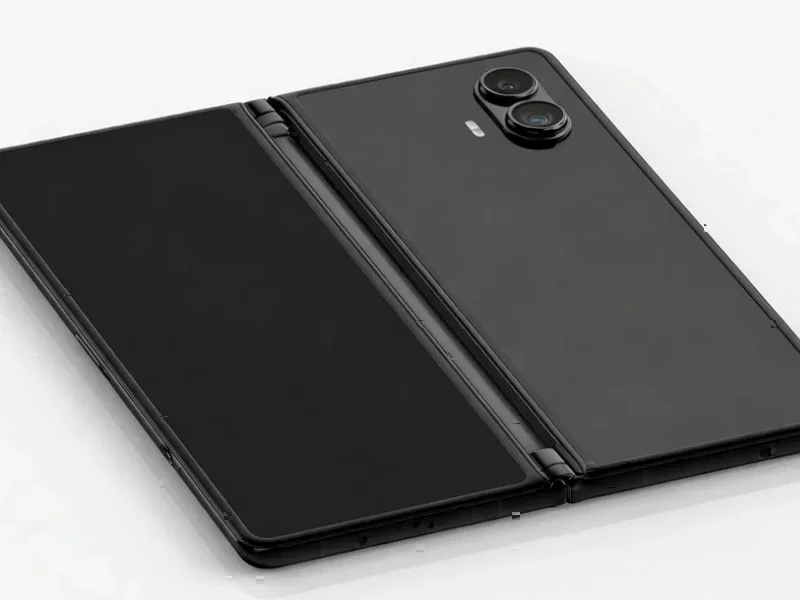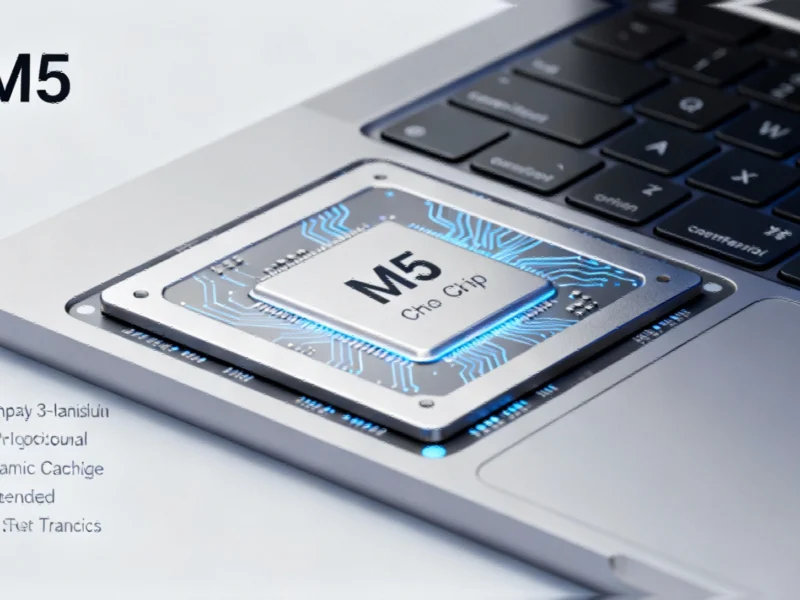According to Wccftech, Samsung’s Galaxy S26 Ultra is adopting a new design language with noticeably rounded corners based on images of compatible screen protectors shared by tipster Ice Universe. The upcoming smartphone lineup will be unveiled at Samsung’s Galaxy Unpacked event scheduled for February 25, 2026, in San Francisco, marking the company’s return to the city for the first time since the Galaxy S23 launch in 2023. The design shift represents a deliberate move away from the boxy shape and sharp corners that characterized the now-defunct Note series, leaving only the S-Pen as the final connection to Samsung’s Note heritage. The event theme will center on AI capabilities, and the late February timing represents a departure from Samsung’s typical January or early February S-series launch schedule. This design evolution signals a significant moment in Samsung’s smartphone strategy.
From Business Tool to Mainstream Appeal
The transition from sharp, angular Note-inspired designs to softer, rounded corners represents more than just aesthetic preference—it reflects Samsung’s strategic pivot from targeting business professionals to capturing broader consumer markets. The original Note series, with its crisp profile and squared edges, projected an image of productivity and professionalism that resonated with enterprise users and power users who valued functionality over fashion. By adopting rounded corners that appear in sync with Apple’s design language, Samsung is acknowledging that mainstream consumers prioritize comfort, pocketability, and contemporary styling over the distinctive business-oriented aesthetic that once defined its premium devices.
The Enterprise User Conundrum
This design shift creates an interesting dilemma for Samsung’s enterprise customers and Note loyalists who valued the device’s professional appearance and distinctive identity. While the S-Pen functionality remains, the visual departure from the Note’s signature look may alienate users who specifically chose Samsung’s premium devices for their business-appropriate aesthetics. Enterprise procurement teams and corporate IT departments that standardized on Note-series devices for their professional appearance now face a design language that increasingly blends with consumer-focused competitors. The challenge for Samsung will be maintaining its enterprise foothold while chasing broader consumer appeal through design choices that some business users may perceive as sacrificing distinctive identity for mainstream acceptance.
February 2026 Launch Timing Signals Strategic Shift
The decision to schedule the Galaxy S26 Unpacked event for February 25, 2026, represents more than just a calendar adjustment—it suggests Samsung is rethinking its entire product cycle strategy. Moving from the traditional January/early February timeframe to late February creates additional distance from CES and potentially allows Samsung to better assess competitor moves before finalizing its own positioning. The return to San Francisco after three years, as indicated in the company’s event planning, suggests Samsung wants to make a statement about its AI ambitions in the heart of Silicon Valley. This timing also positions the S26 series closer to MWC Barcelona, potentially creating a two-stage marketing push that extends the product’s visibility across multiple major industry events.
The AI-Centric Future Beyond Marketing Hype
While Samsung’s AI-focused event theme follows industry trends, the real test will be whether the company can deliver genuinely differentiated AI capabilities that justify the design compromises. The smartphone industry’s current AI race has produced numerous gimmicky features that fail to provide lasting value, and Samsung risks falling into the same trap if it prioritizes design evolution over substantive functionality improvements. The success of the S26 Ultra’s rounded corner design will ultimately depend on whether Samsung can pair it with AI features that actually enhance productivity—particularly for the Note-series loyalists who valued practical functionality above all else. If the AI capabilities feel like afterthoughts rather than core enhancements, the design shift may be perceived as style over substance.
Navigating an Increasingly Homogenized Premium Market
Samsung’s move toward rounded corners reflects the broader industry challenge of differentiation in an increasingly homogenized premium smartphone market. As industry analysis suggests, when even distinctive design elements like the Note’s sharp corners disappear, manufacturers must rely on software, ecosystem integration, and specialized hardware features to maintain brand identity. For Samsung, this means the pressure on the S-Pen and AI capabilities becomes even more critical—without the visual differentiation of the Note design language, these functional elements must carry more weight in justifying the Ultra’s premium positioning. The risk is that Samsung’s flagship devices become just another rounded-corner smartphone in a sea of similar-looking competitors, losing the design boldness that once set them apart.



